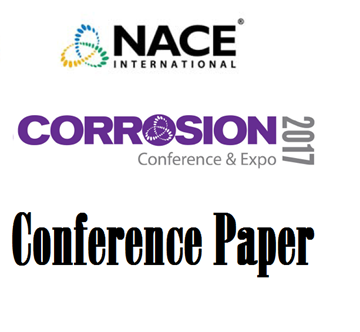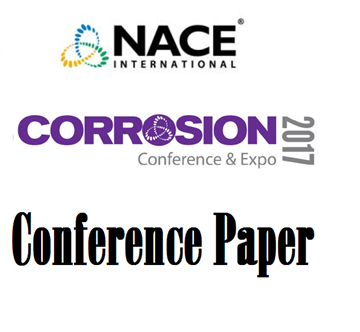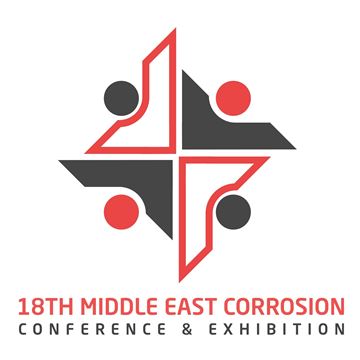Search
Individual Conference Papers
View as
Sort by
Display
per page
Optimization of Side-Groove Configuration On DCB Test
Product Number:
51317--9102-SG
ISBN:
9102 2017 CP
Publication Date:
2017
$20.00
Optimization of the Coating Anomaly Detection and Prioritization Methodology Using Voltage Gradient Surveys
Product Number:
51300-11132-SG
ISBN:
2011 11132 CP
Publication Date:
2011
$20.00
Optimization of the DL-EPR Method for Detecting Sensitization in Alloy 690
Product Number:
51317--9037-SG
ISBN:
9037 2017 CP
Publication Date:
2017
$20.00
Optimization of UNS N08034 in the Cold Worked Condition for Use in the Oil and Gas Industry
Product Number:
51324-20938-SG
Publication Date:
2024
$40.00
Optimized Hardness Measurements for Micrometric Coatings in Disc Brake Components
Product Number:
51324-20993-SG
Publication Date:
2024
$40.00
Optimized Pulsed Anodization for Corrosion Protection of Aluminum Silicon Alloys
Product Number:
51321-16431-SG
Publication Date:
2021
$20.00
Optimized Surface Preparation Method for Maintenance and Repair Coating
Product Number:
MECC23-19877-SG
Publication Date:
2023
$20.00
Optimizing Corrosion Inhibitor Chemical Injection Performance
Product Number:
MPWT19-15489
Publication Date:
2019
$0.00
Optimizing CP Life Extension Projects for Marine Offshore Structures
Product Number:
51323-19070-SG
Publication Date:
2023
$20.00
Optimizing Equipment Availability through Structured Engineering Assessment
Product Number:
MPWT19-14367
$0.00
Optimizing Pipeline AC Threat Assessments using Computational Aided Engineering (CAE) Modelling
Product Number:
51323-19219-SG
Publication Date:
2023
$20.00
Optimizing Sol-Gel Coatings for Corrosion Protection of Braking Discs
Product Number:
51323-18872-SG
Publication Date:
2023
$20.00











